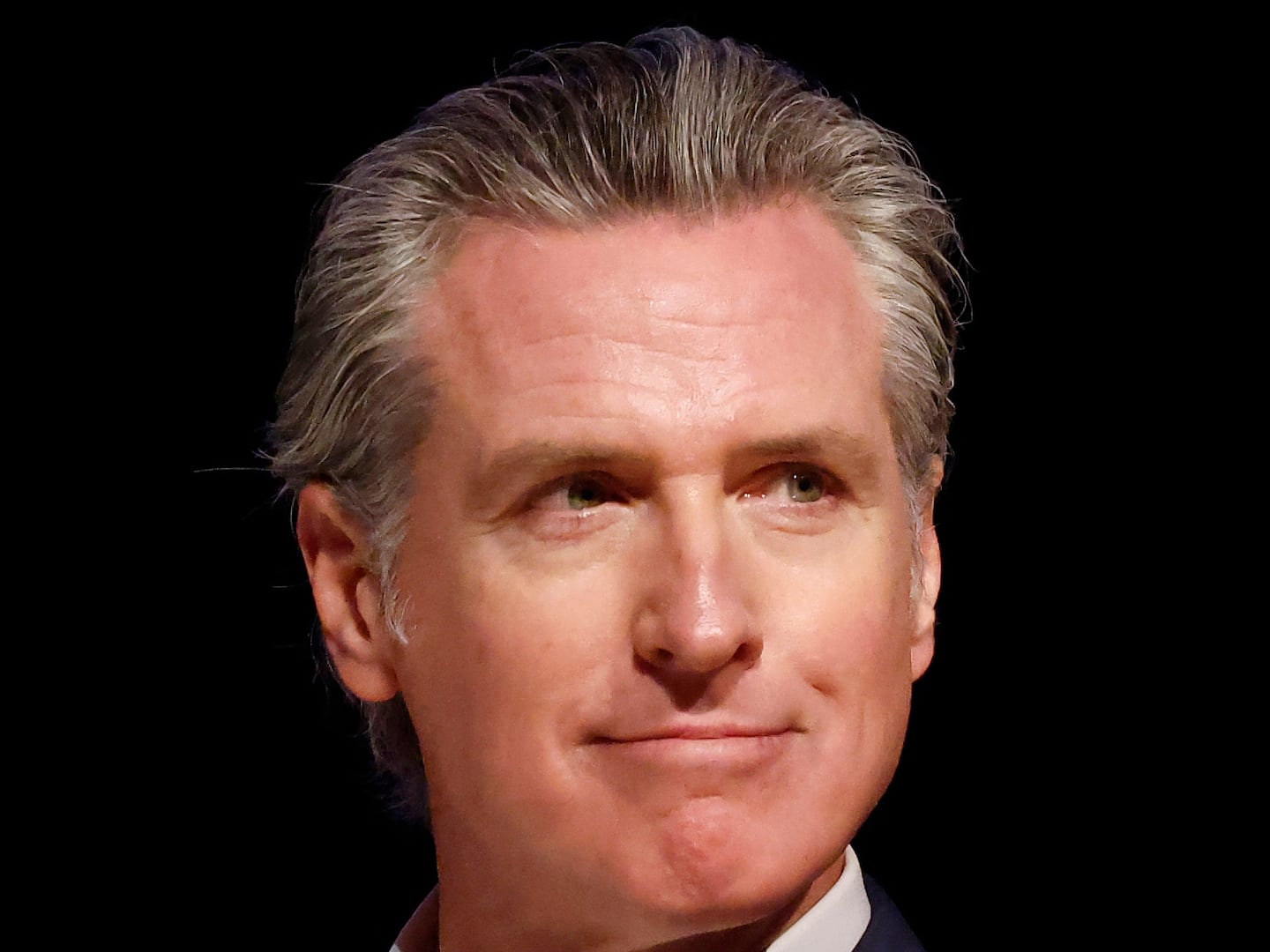It came streaking down from the night sky over Cape Canaveral, Florida, late on Dec. 21—the booster stage of a 224-foot-tall Falcon 9 rocket belonging to SpaceX, the California-based space company founded by tech billionaire Elon Musk.
Blasting orange fire from its tail, the Falcon 9 booster—which had just delivered a cluster of communication satellites to low orbit—did what no spacefaring rocket before it had ever done. Steered by special fins, it landed upright, coming to rest on four insect-like metal legs.
Mostly intact despite its harrowing journey, the Falcon 9 can now be refurbished and reused. “Welcome back, baby,” Musk tweeted in celebration.
Musk has called reusability “the fundamental breakthrough needed to revolutionize access to space.” For decades, government and private space organizations have dreamed of possessing such a multiple-use rocket, believing it will cut down on the high cost—hundreds of millions of dollars per launch—of getting to, and beyond, Earth’s orbit.
Governments have repeatedly tried and failed to design a launch-and-land rocket. It took a private company headed by an eccentric billionaire inventor to actually get it done following years of experimentation and one high-profile crash in April. Musk and SpaceX’s December feat was more than just a technological milestone—it also signaled the coming of age of private space exploration.
If 2015 was the year private space firms such as SpaceX, Blue Origin, Virgin Galactic, and lunar mining concern Moon Express blasted into the headlines, 2016 could be the year these extraterrestrial companies make substantial progress toward reaching, exploring, and profiting from space.
Orbital taxis
SpaceX’s next goal is to go bigger, and debut a much more powerful rocket to complement the current Falcon 9. Long in development, Falcon Heavy is basically three Falcon 9s strapped together, boosting to an impressive 53 tons the new triple rocket’s capacity to low orbit. By contrast, a basic Falcon 9 can lift just 13 tons of space-station supplies, satellites, or other large cargo to the same altitude.
Lee Rosen, SpaceX’s vice president of mission and launch operations, told Space News that Falcon Heavy would fly for the first time in late April or early May. “It’s going to be a great day when we launch that.”
Falcon Heavy could be one of the most powerful rockets ever deployed, trailing behind just NASA’s Cold War-vintage Saturn V and its contemporary, Soviet Energia. But Falcon Heavy might rule the roost only briefly. NASA’s new Space Launch System, which bundles together old Space Shuttle rockets into a new, super-powerful booster, could carry as much as 145 tons to low orbit after it launches for the first time in 2018.
The Space Launch System is the heart of NASA’s plan to eventually put astronauts on Mars. Likewise, Falcon Heavy is the key to SpaceX’s own—and somewhat more nebulous—scheme to explore the solar system as far away as the Red Planet. “Falcon Heavy was designed from the outset to carry humans into space and restores the possibility of flying missions with crew to the moon or Mars,” the company explains on its website.
SpaceX’s theoretical human explorers would ride in the firm’s Dragon capsule, robotic versions of which fly cargo runs to the International Space Station as part of a $1.6 billion contract NASA signed with SpaceX in 2006. In November, NASA hired SpaceX and rival Boeing to prep for manned flights to the space station starting in 2017, each with its own capsules and rockets.
The 2017 manned missions should finally bring an end to an unhappy deal—one dating to 2011, the year the aging Space Shuttle finally left service—by which NASA buys seats aboard Russia’s Soyuz spacecraft on their own periodic flights to the space station.
And by then, astronauts might have yet another option for hitching a ride to Earth’s orbit. Blue Origin, Amazon billionaire Jeff Bezos’s Washington State-based space startup, is developing a reusable rocket similar to SpaceX’s Falcon 9 that could, in time, reach the space station’s low orbit. The multiple-use New Shepard rocket landed for the very first time at Blue Origin’s test site in West Texas on Nov. 23, technically beating SpaceX’s December accomplishment by a month.
But New Shepard—a squat and, at 49 feet tall, comparatively short vehicle—flew to only 330,000 feet, still 200,000 feet short of Earth’s orbit. That didn’t stop Bezos from teasing Musk on the event of the Falcon 9’s own successful landing in December. “Welcome to the club,” Bezos tweeted.
Steadily pushing “toward orbital spaceflight”—to borrow Blue Origin’s own phrasing—the company reportedly plans to support scientific research starting in mid-2016, lofting customers’ experimental payloads high in the atmosphere… but still short of space.
High ride for the 1 percent
Like Blue Origin, one of the most visible, extravagant, and controversial private space firms doesn’t actually go to space, per se. Virgin Galactic, founded by British billionaire Richard Branson and American aerospace inventor Burt Rutan, aims to become the world’s first “spaceline,” boosting high-rolling tourists 50 miles into the sky, right to the edge of the atmosphere and returning them safely to solid ground.
Virgin Galactic has already booked no fewer than 700 paying customers, each of whom shelled out a reported $250,000 for a seat on some future near-orbital ride. But the company likes to portray itself as an almost philanthropic concern.
“We believe that in the future, life on Earth will be made better by the exploration of space,” the company claims on its website. “Children inspired by meeting and relating to astronauts from their communities will grow up to start new businesses and found new companies. Students who fly suborbital experiments while still in school will have an enormous head start on their careers.”
To pull off commercial near-space flight, Virgin Galactic has developed a two-stage system. A mammoth, four-engine jet plane called WhiteKnight hauls a much smaller, rocket-powered SpaceShipTwo to 50,000 feet. With two pilots and, eventually, up to six passengers onboard, SpaceShipTwo fires its booster and streaks faster than the speed of sound to a maximum altitude of 360,000 feet—roughly 170,000 feet below the orbital threshold.
For landing, SpaceShipTwo extends stubby wings that help it to slow as it spirals downward, utlimately touching down like any conventional airplane.
But near-space can be dangerous. SpaceShipTwo and its smaller predecessor, SpaceShipOne, completed dozens of test flights starting in 2004. There were minor incidents and accidents along the way, including a 2011 episode during which the crew briefly lost control of the space plane, and on Oct. 31, 2014, pilot Michael Alsbury apparently deployed the vehicle’s wings too soon during a flight over California’s Mojave Desert.
SpaceShipTwo spun out of control. Alsbury died in the resulting crash and fellow pilot Peter Siebold was seriously injured. Virgin Galactic found itself without any working space planes but pushed ahead with plans to build more. “Space is hard, but worth it,” Branson said.
2016 could be the year Virgin Galactic returns to near-orbit. A new SpaceShipTwo is under construction and Branson said it should be ready for test flights in February. But the billionaire said he’s not sure when the rocketship will be safe for tourists. “That’s one thing I’m never going to be in a hurry on,” Branson told Mashable. “We just have to see how it goes.”
Mining the moon
SpaceX and Blue Origin pin their hopes for profitability on scientists, satellite users, and NASA. California space startup Moon Express has seemingly much more substantial aims. It plans to dig up the moon’s natural riches, potentially including cobalt, gold, helium, iron, palladium, platinum, and tungsten.
And it intends to do it all with Google’s help.
Founded by Bob Richards, Naveen Jain, and Barney Pell in 2010, Moon Express’s mission is to “develop the resources of the moon for the benefit of life on Earth and humanity’s future in space,” according to the company’s website.
Exactly how Moon Express hopes to transport and sell those resources is an open question for now. But for starters, the company is competing in Google’s Lunar XPrize competition, launched in 2007.
“The competition’s $30 million prize purse will be awarded to teams who are able to land a privately funded rover on the moon, travel 500 meters and transmit back high-definition video and images,” according to the competition website.
First place gets $20 million. Second place—$5 million. “To win either of these prizes, teams must prove that 90 percent of their mission costs were funded by private sources,” the contest website explains. Teams have until the end of 2016 to arrange for rockets to transport their rovers to the moon—and until the end of 2017 to complete their lunar treks. The competitors will likely spend much of 2016 getting their rovers ready for the race.
On Oct. 1, Moon Express announced it had contracted with Rocket Lab, a small Los Angeles startup, to launch three of Moon Express’s spacecraft to the lunar surface starting in 2017. One of Moon Express’s competitors in the Lunar XPrize competition, Israeli firm SpaceIL, had other ideas. It bought a ticket to the moon on a SpaceX Falcon 9, scheduled for the second half of 2017.
And in light of SpaceX’s own achievement just two months after inking the deal with SpaceIL, that Falcon 9 might just boost the Israeli rover toward the Moon, then return to Earth for a soft landing… and another contract.






